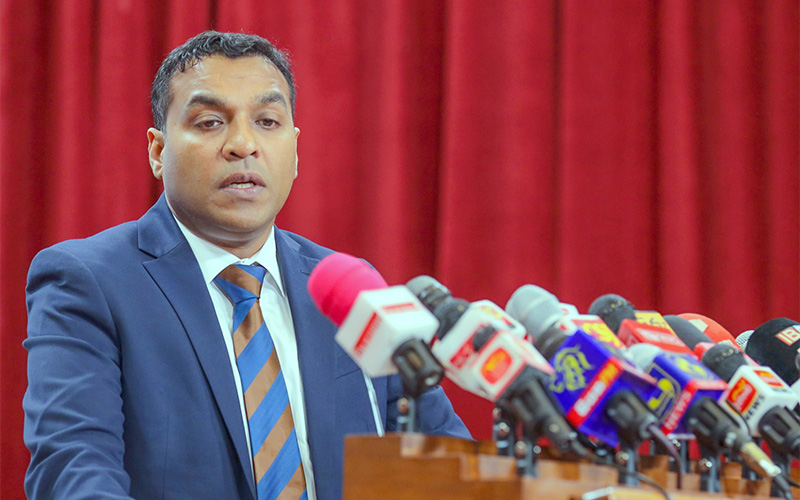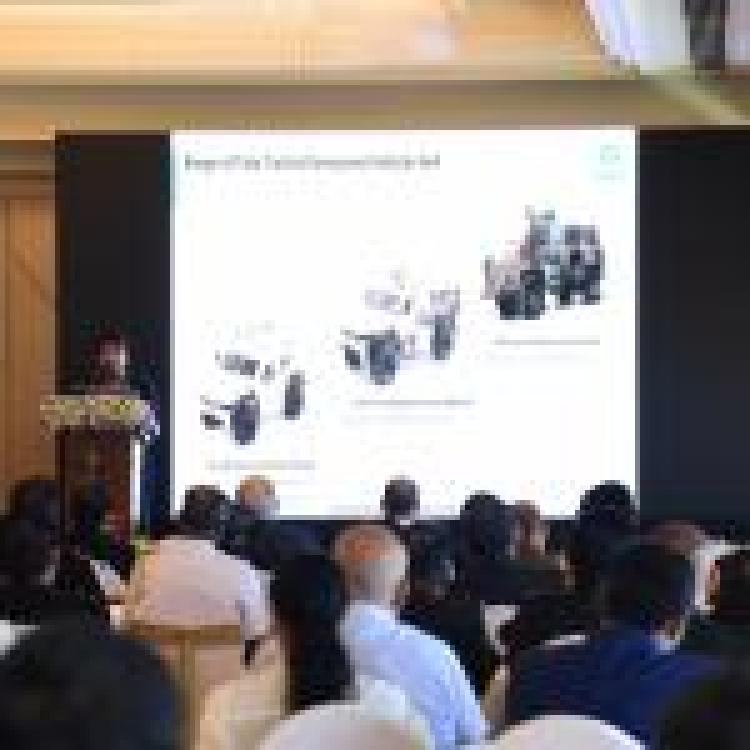
The Sri Lankan government is in the process of establishing a small arms ammunition manufacturing unit within the island, as the state shows no sign of stopping the rampant militarisation that has taken place over years.
Speaking at a media briefing in Colombo, State Minister of Defence Premitha Bandara Tennakoon told reporters that Sri Lanka was in the process of replicating the ‘India model’, which has seen New Delhi export weaponry around the world.
“What you have to understand is the Indian defence manufacturing arm has boomed during the last two decades,” he said. “It is a model that we have to look into. We can take a lot from the Indian model and nothing wrong with learning from them. I think we also should get into manufacturing.”
The Sri Lankan army currently manufactures its own body armour and combat helmets at a military facility in Veyangoda.
“The government hopes to develop this facility going forward, and in the future, we hope to produce the ammunition we need for our light weapons we use in the army in this facility,” said Tennakoon.
“At the moment, we are spending around 36-37 rupees per bullet when importing,” Brigadier Ravi Herath, the Army spokesman, told EconomyNext. “And we have regular firing sessions such as Annual firing and training, which will cost millions, as one officer will need approximately around 300 bullets for one of these sessions.”
When asked if Sri Lanka would purchase military equipment from India, Tennakoon said that Colombo was not looking to buy weaponry “at the moment”.
"Connectivity is really good and military-to-military connectivity,” Tennakoon continued. “Indian and Sri Lankan military-to-military connectivity is at a high. So we maintain that. So that doesn't mean that we are going to buy anything from anyone.”
His remarks come after the Indian High Commission organised an event in Colombo where it showcased weapons for sale to senior Sri Lankan officials, including those accused of war crimes, last month.


